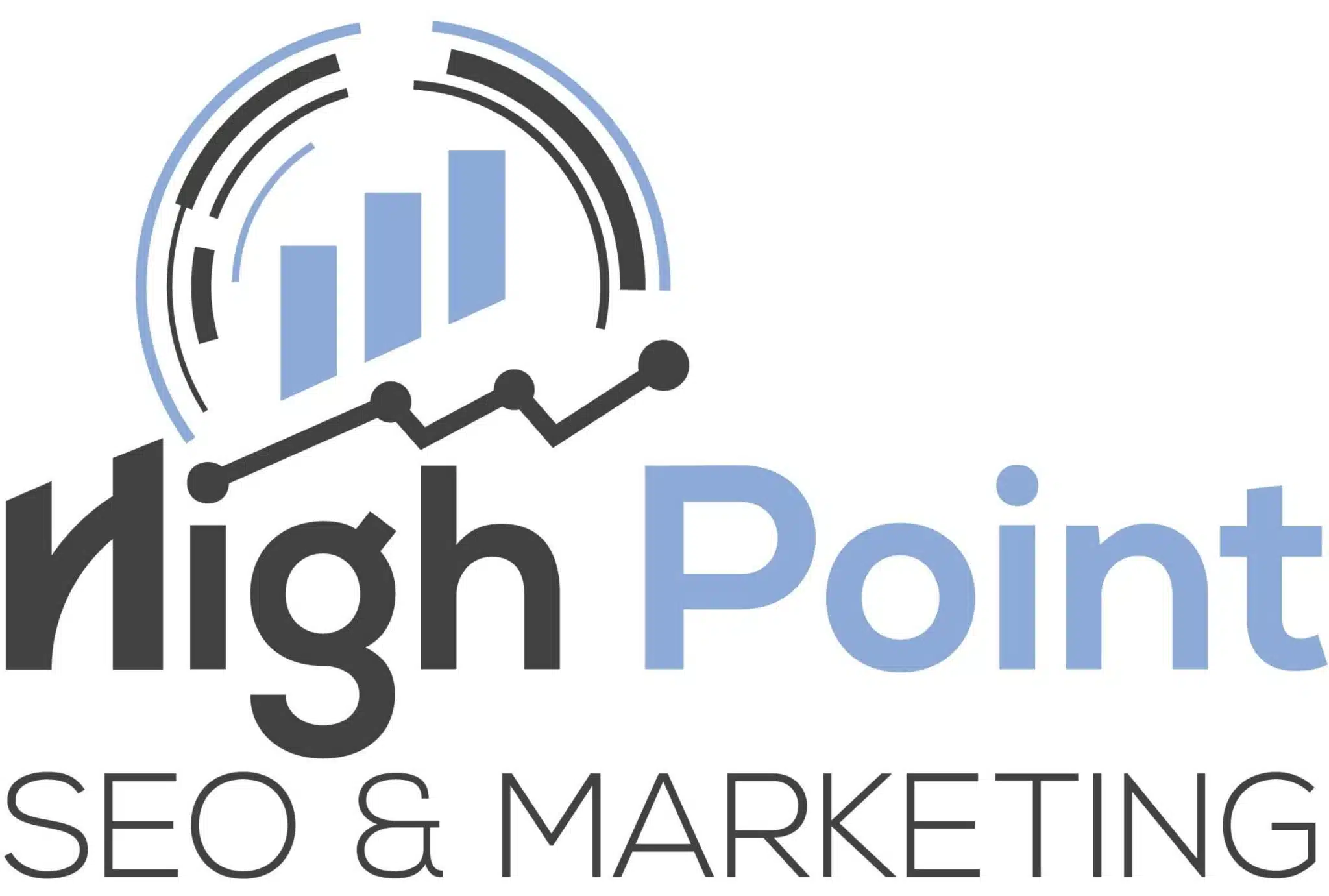Maximizing ROI with Data-Driven Marketing Campaigns

Hello, amazing data-driven marketing! Every click and contact leaves a trail of important information in today’s digital ecosystem, giving organizations a tremendous chance to harness data for maximum ROI. Success in marketing efforts no longer depends on guessing and gut feelings. Data now rules, helping us make better decisions and create targeted strategies.
What is data-driven marketing? It integrates data into all marketing efforts. Businesses may make informed marketing decisions by gathering, evaluating, and using information from customer behavior, website analytics, social media metrics, and more. This optimizes marketing and guarantees every dollar invested yields returns.
The Importance of Data in Maximizing ROI
Data drives successful marketing efforts. Businesses have access to a lot of data in the digital era, and achieving ROI requires harnessing its value. Companies may understand their target audience, tastes, and behavior by using data properly.
Data-driven marketing improves decision-making. Real-time data lets marketers make smart decisions without guessing or assumptions. This helps them optimize resource allocation and adjust tactics to consumer needs.
Personalizing marketing campaigns is another way data maximizes ROI. Businesses can target customers with personalized communications by gathering and analyzing customer data. Personalization increases engagement and conversion rates by providing relevant offers and information.
Marketers can analyze social media and website analytics for data. These technologies provide client demographics, hobbies, online behavior, and more. Businesses may spot patterns, assess campaign performance in real-time, and evaluate advertising channels and approaches by using this data.
Maximizing ROI requires measuring and changing campaign strategy based on data. Companies can determine what works and what needs improvement by continuously monitoring and analyzing important indicators like CTR, CVR, and BR.
Collecting and Analyzing Data for Effective Decision Making
In marketing, data rules. Data collection and analysis are essential for marketing campaign decisions. Data can help you understand your audience and adjust your approach.
Systems that track client interactions across touchpoints are essential for collecting useful data. Website analytics, social media monitoring, surveys, and feedback forms are examples. Gather as much data as possible on your customers’ preferences, behaviors, and demographics.
Analyze the data after collecting it. This requires digging into the numbers to find patterns and trends to guide your decision-making. Find relationships between actions and conversion rates or sales.
You can also segment your audience by age or geography using data analysis. This lets you tailor marketing strategies to each segment.
Data analysis also reveals opportunities for improvement. If a campaign is underperforming in engagement or conversions, analytics may explain why. It could be due to poor messaging or audience targeting.
Utilizing Customer Data for Personalized Marketing Campaigns
Personalization is essential in the fast-paced, ever-changing marketing landscape. With more data than ever, firms can now personalize their marketing strategies.
Companies can learn about their target audience’s interests, behaviors, and buying patterns by using customer data. Marketers may deliver personalized, deep-reaching content using this data.
You can use consumer data to categorize your audience by demographics or buy history. You can tailor communications to each segment’s demands by studying their distinct traits.
Automation techniques to customize emails and websites based on client behavior are also useful. A follow-up email with personalized product recommendations may tempt a customer who abandoned their shopping cart.
Personalization is also possible on social media. Businesses can adapt advertising and content to users’ preferences by evaluating their interactions and interests.
Not crossing the line between personalization and privacy invasion is crucial. Building trust and ethical standards requires data collecting transparency and client consent.
Personalizing marketing initiatives with client data helps organizations connect with their audience. Companies may boost engagement and ROI by personalizing messages.
Leveraging Social Media and Website Analytics
Social media and website analytics are essential to data-driven marketing today. These technologies help firms understand client preferences, behavior, and trends. Companies can maximize marketing ROI by using this data.
Data from social media can be utilized to target consumers and tailor messaging. Engagement, click-through, and conversion rates help marketers determine which media reach their target audience best. This intelligence helps them allocate resources and prioritize high-return platforms.
Website analytics reveal firm website user behavior. Businesses may optimize their online presence by tracking bounce rate, time spent on page, and exit pages. If customers regularly leave a page without taking action or buying, the design or content may need to be improved.
Website analytics can let marketers track the efficacy of email marketing and paid ads by tracking referral traffic and conversion rates across channels. This data is crucial for marketing spending decisions.
Social media and website analytics give brands a complete picture of customers’ interactions. With this intelligence, marketers can create highly targeted campaigns that resonate with consumers by tailoring their messaging to customer preferences and habits.
Social media and website analytics allow companies to track campaign performance against KPIs. These insights let marketers modify strategy mid-campaign for better results. Real-time data lets firms adapt swiftly to changing market conditions and stay ahead of the competition.
Measuring and Adjusting Campaign Strategies Based on Data Insights
Maximizing marketing effectiveness requires measuring and changing campaign plans based on data. Data can inform your decisions and improve advertising performance.
Data-driven marketing involves campaign performance measurement. Tracking click-through rates, conversion rates, and engagement levels can reveal what works and what doesn’t. These insights show you where to improve your campaign.
Data analysis helps you understand customer preferences and behavior. Divide your audience by demographics, purchasing history, and browsing patterns to develop customized marketing messages that meet their needs and interests.
Additionally, social media analytics help refine campaign methods. Monitor likes, shares, comments, and follower growth to discover which channels reach your target audience best. This intelligence lets you deploy resources appropriately and prioritize engaging channels.
Website analytics add essential data to decision-making. Tracking website visitor sources, bounce rates, page time, and conversion funnels might reveal bottlenecks or drop-offs. Knowing this allows for conversion-boosting tweaks.
Data-driven marketing lets organizations precisely analyze campaign success and quickly detect user behavior and market trends for continual development.
Case Studies: Successful Examples of Data-Driven Marketing
Let’s examine how data-driven marketing has increased ROI in real-world businesses. These case studies demonstrate how data drives marketing success.
Amazon is an example. Amazon may boost conversion rates with customized product recommendations based on consumer purchase history and browsing behavior. This tailored strategy shows clients things they’re more likely to appreciate, increasing sales and happiness.
Netflix succeeded again. The streaming giant analyzes customer-watching habits to offer episodes and movies that suit their inclinations. This level of personalization has helped gain and keep subscribers.
Travel has also been changed by data-driven marketing. Data research helps Airbnb spot trends, improve pricing, and target certain groups with promotions. Bookings and revenue have increased significantly.
Tesla’s data-driven marketing is unique in the auto industry. Sensors in every car on the road provide them with extensive vehicle performance data. Tesla uses this feedback to enhance their goods and provide individualized service recommendations based on car usage.
These case studies show how companies in various industries have used data-driven marketing. By using analytics and consumer insights, these organizations have increased sales conversions, customer engagement, and brand loyalty, boosting corporate growth.
After reading these inspiring success stories, let’s talk about how you might use a similar approach to your firm!
Conclusion: How to Start Implementing Data-Driven Marketing in Your Business
Now that you know data-driven marketing may boost ROI, start using it in your organization. Key steps to get started:
- Define your marketing campaign objectives. Having goals will lead your data collecting and analysis, whether it’s growing sales, customer retention, or reach.
- Build data infrastructure: Collect and store pertinent data from website analytics, CRM platforms, social media channels, and customer surveys. This will lay the groundwork for actionable insights.
- Analyze client behavior: Examine the data to identify patterns across touchpoints. Trends, preferences, buying behaviors, and pain points might inform individualized marketing initiatives.
- Use consumer behavior analytics to segment your audience by demographics, interests, purchase history, or other parameters. This segmentation lets you target distinct groups with messaging.
- Personalize communication: Use email marketing software or social media ad platforms to tailor communications to each segment’s demands.
- Continuously track the performance of your marketing campaigns by measuring key metrics like click-through rates (CTR), conversion rates (CVR), social media engagement, and website visits generated by specific tactics/components.
- Take insights: Use A/B testing or performance monitoring to determine how well each tactic is working and make adjustments to optimize future efforts and iterate current ones!
By using data-driven marketing, you can make informed decisions that affect your bottom line. Data-driven marketing requires constant collection, analysis, and application of data to improve campaigns and corporate strategy.



 Bill Yeager, Co-Owner of High Point SEO & Marketing in CT
Bill Yeager, Co-Owner of High Point SEO & Marketing in CT